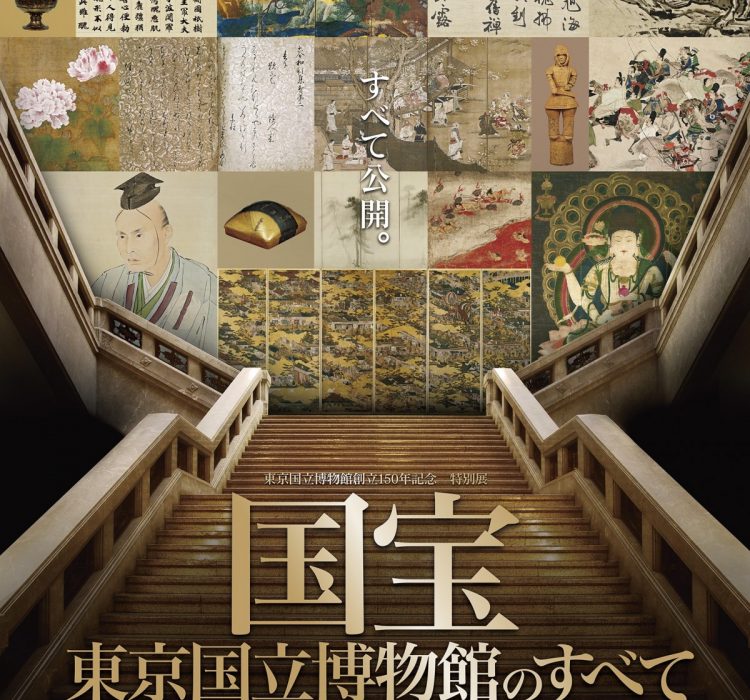
Oct.23
National Treasures: Japan’s Most Precious Artworks
Oct.23
exhibition Tokyo National Museum
The Tokyo National Museum is Japan’s largest and oldest modern-style museum. To commemorate its 150th anniversary, the museum is bringing forth all of its most important holdings – 89 astonishing “National Treasures” – in one unprecedented, blockbuster show, Oct. 18-Dec. 11, 2022. Advance reservations are required to see this treasure trove of Japanese culture. Arts…
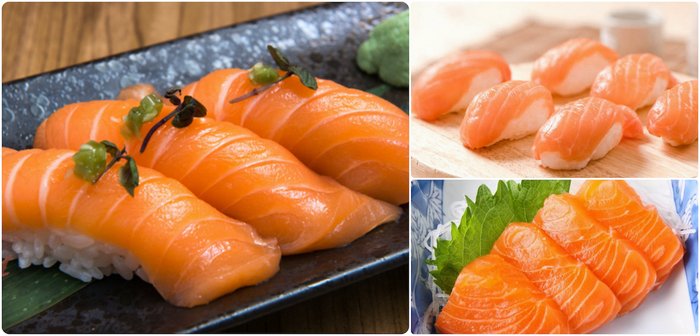
Oct.20
Elizabeth Andoh: A Taste of Culture – Salmon・鮭・saké・Sāmon・サーモン
Oct.20
The Japanese have been eating salmon (saké) for thousands of years, though historically it was consumed cooked, never raw. Eating fresh, raw salmon is a recent phenomenon, only a few decades old, in fact. The meteoric rise of raw salmon to the number one topping for sushi in Japan is due to a (highly successful)…
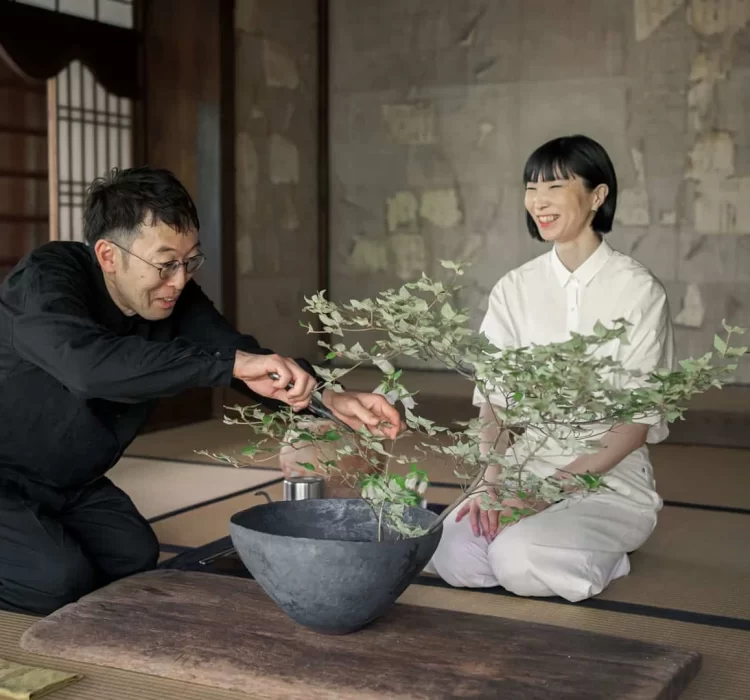
Sept.22
Ikebana: Natural Harmony on Mazda Stories by Steve Beimel
Sept.22
She is Mazda Colour and Trim Designer Mai Utagawa. He is ikebana artist Mario Hirama. In a perfectly proportioned, uncluttered corner room in a post-and-beam house built with wood joinery in the hills of Kobe, Japan, the two have come together to explore the concept of space as they create an ikebana flower arrangement. Soft…
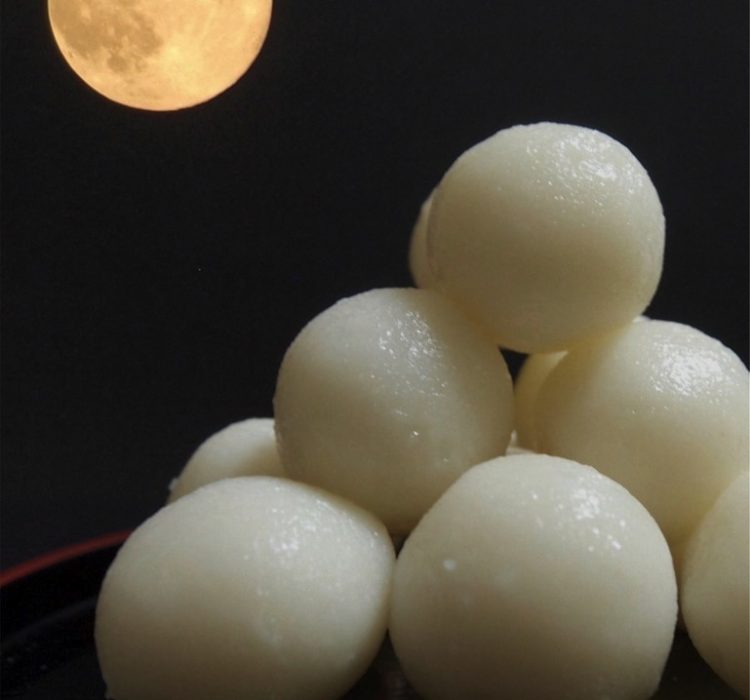
Sept.18
Elizabeth Andoh: A Taste of Culture – HARVEST MOON DUMPLINGS 中秋の名月 お団子
Sept.18
Though the moon waxes and wanes every month, chūshū no meigetsu, literally “moon of the middle autumnal month,” is considered special. Perhaps because it coincides with harvesting — indeed in many cultures it is referred to as the Harvest Moon. This year (2022), the Harvest Moon falls on September 10. Eating tsukimi dango (chewy rice dumplings) is among…

Sept.05
Elizabeth Andoh: A Taste of Culture – CHAMPURU a Happy Hodgepoge
Sept.05
NHK (Nippon Hōsō Kyōkai), Japan’s national broadcasting system produces and transmits television and radio shows of all sorts. One of their longest-running programs is a soap-opera like drama shown in 15-minute segments on weekday mornings. Each novella story unfolds over several months’ time. Known affectionately as Asa Dora (Morning Drama) it is often the vehicle…
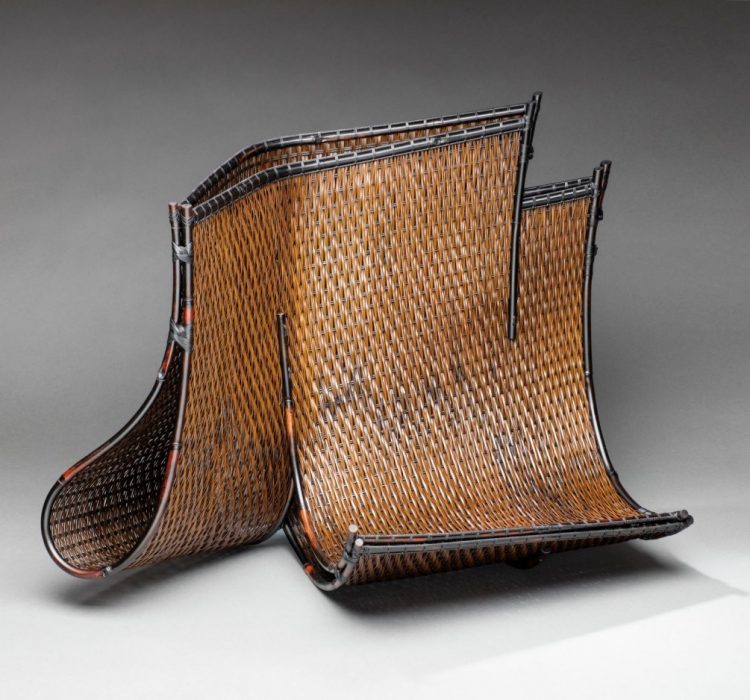
Aug.31
Honma Hideaki Show at Tai Modern Gallery in Santa Fe
Aug.31
This solo exhibition commemorates Honma Hideaki’s 35th year as an artist. Born in 1959, Honma is his generation’s leading sculptor in bamboo art. Honma Hideaki’s uncle, the pioneering bamboo artist Honma Kazuaki, had no children, so he adopted Hideaki (who loved to draw and work with his hands) as his son, student, and heir to the family’s…

Aug.23
The Making of a Japanese Candle
Aug.23
candle haze warosoku wax
Japanese candles are not made of beeswax or paraffin like Western candles; they are made from a unique fat pressed from the seeds of a tree that today is grown mainly in Kyushu and on Shikoku. Japanese candles — called warōsoku —are different in almost every way, including how the wick is constructed and how…
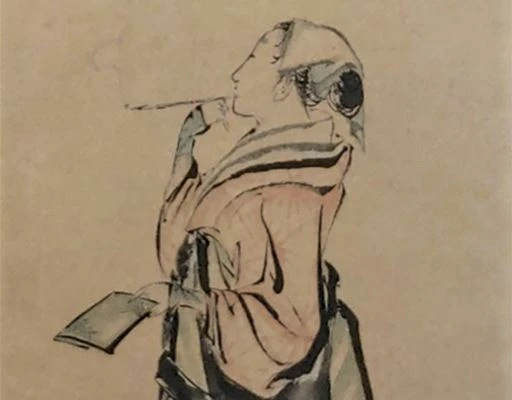
Aug.12
Homeward Bound: Ukiyo-e, Japonisme, and Cultural Integration by MutualArt
Aug.12
The West was quick to integrate Japanese techniques into its culture, adapting it to its own worldview, while the Japanese are still reserved about integrating the West unquestioningly. “Homeward bound! / Beneath the light of the moon / the Ohara maidens / rest their heavy burden / in the shade of flowers.” This is the…

Aug.09
The Obsessed: An Interview With Irwin Wong by Gestalten
Aug.09
From Lolita fashion and latex couture to neon-drenched big-rigs, anime-plastered vans, and chrome-heavy hot rods, subcultures in Japan are as varied as they are fascinating. Irwin Wong, co-editor of The Obsessed, delves into these worlds in order to reveal the extraordinary passion devotees have for their hobbies and lifestyles. An editorial and commercial photographer based in…

Aug.06
Handmade in Japan by Irwin Wong (reviewed by The Japan Society)
Aug.06
If like me you have an appetite for exploring all things related to Japanese design and crafts, Irwin Wong’s introduction to Handmade in Japan will surely prompt you to investigate further. Wong is a well-known commercial photographer based in Tokyo, so on the book’s announcement I knew it would be filled with evocative images of Japan and…










